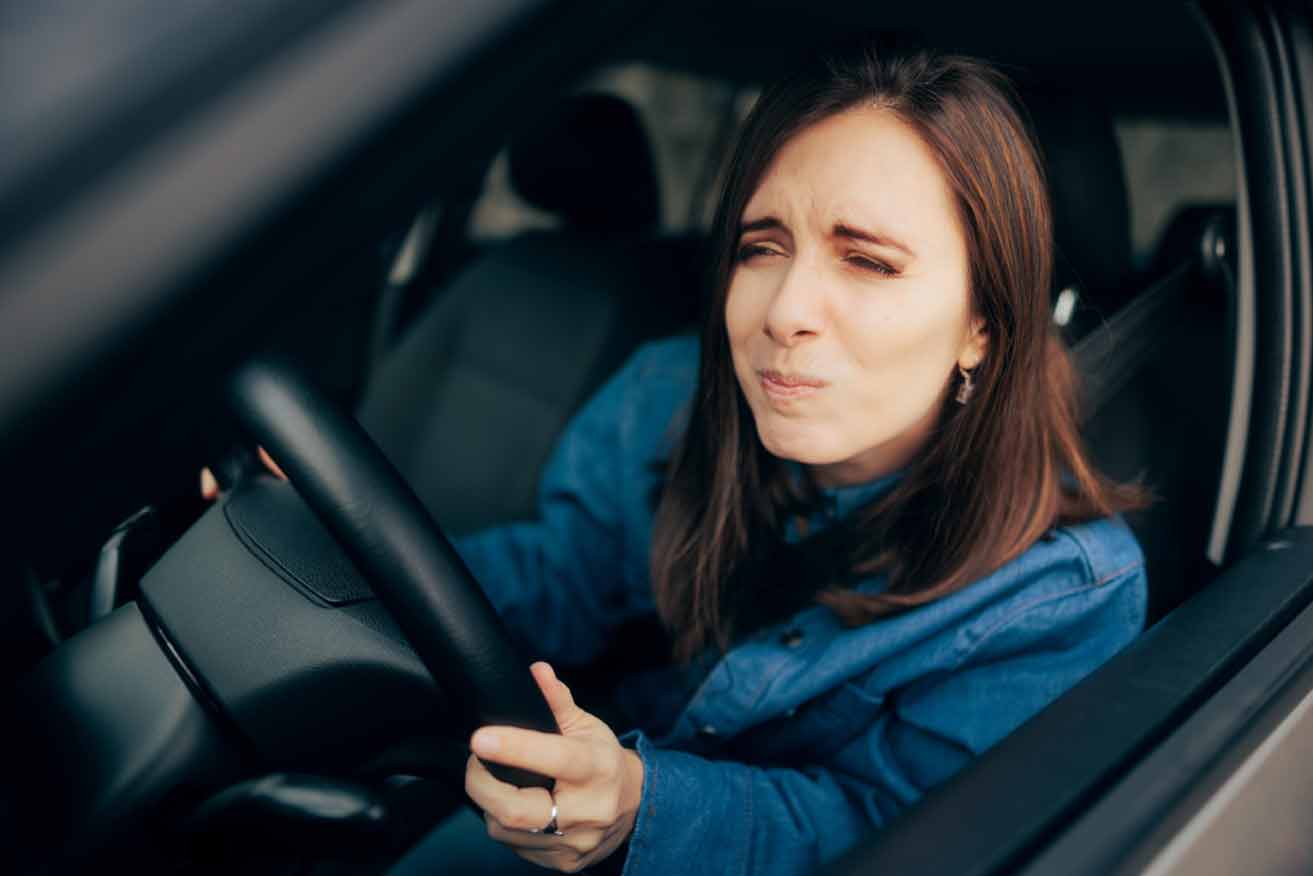If you drive regularly, you may notice a lot of slow downs on city streets and highways caused by rubbernecking. It’s annoying, but you might have caught yourself doing it as well. As it turns out, rubbernecking can be dangerous, and is linked to a number of car accidents each year.
The lawyers at our Provo, UT law firm would like to consider the origins and dangers of rubbernecking. We’ll also offer advice on how to avoid this dangerous habit that’s engrained in human nature.
Where Does the Term “Rubbernecking” Come From?
In case you were wondering, the term “rubbernecking” dates all the way back to the 1890s. It was originally used to refer to tourists, who would be distracted and looks around all over the place getting in the way of locals. With the advent of the car, the use of the term changed.
Why Do People Rubberneck?
It’s simply human nature to want to look at something on the side of the road that is of interest. Curiosity is a fundamental human trait. However, there’s a point when looking at something on the side of the road becomes a complete distraction. No only will a rubbernecker slow down traffic, they may wind up causing accidents around them as a result.
Smart Phones and Rubbernecking
In some ways, smart phones have increased the dangers of rubbernecking. Not only will people want to slow down and look at some incident on the side of the road, there may be a desire to take a photo or video of the incident with one’s smart phone. This adds an additional layer of distraction and danger to the already disruptive act of rubbernecking. Any type of cellphone use behind the wheel makes driving much more dangerous.
The Dangers of Driver Distraction
Distracted driving refers to any sort of behavior behind the wheel that prevents a driver from being totally attentive to their surroundings. Rubbernecking is one form of distracted driving, as is the use of a cellphone behind the wheel.
The Centers for Disease Control and Prevention estimates that 25 percent of all crashes are the result of driver distraction, and that such inattentive driving lead to roughly 1,000 injuries a day. Given how many distractions there are on the road and in a vehicle, we can understand just how pervasive this problem can be.
Crashes and Rubbernecking
The most common collisions associated with rubbernecking tend to be rear end collisions. A driver who is rubbernecking may not notice the vehicle ahead of them, causing a rear end crash. T-bone accidents may also occur if a person drives through an intersection without paying attention to stop signs or traffic signals.
How to Avoid Rubbernecking
The best way to avoid rubbernecking is to simply not do it. If you are curious about something on the side of the road, only slow down if others around you are doing so. It’s driver’s ed 101, essentially: keep up with the flow of traffic and do not be a disruption.
It’s also important to avoid the impulse to document the moment with a photo while the vehicle is in motion. If you must take a photo, take video, or contact authorities, be sure to pull over safely to the side of the road, use your hazard lights, and get out of the flow of traffic. In this case you won’t be a rubbernecker but instead an attentive motorist.
Contact Flickinger • Boulton • Robson • Weeks
For more information about your legal rights and options after a motor vehicle collision, be sure to contact the lawyers of Flickinger • Boulton • Robson • Weeks. We are here to help you in your time of legal need.



